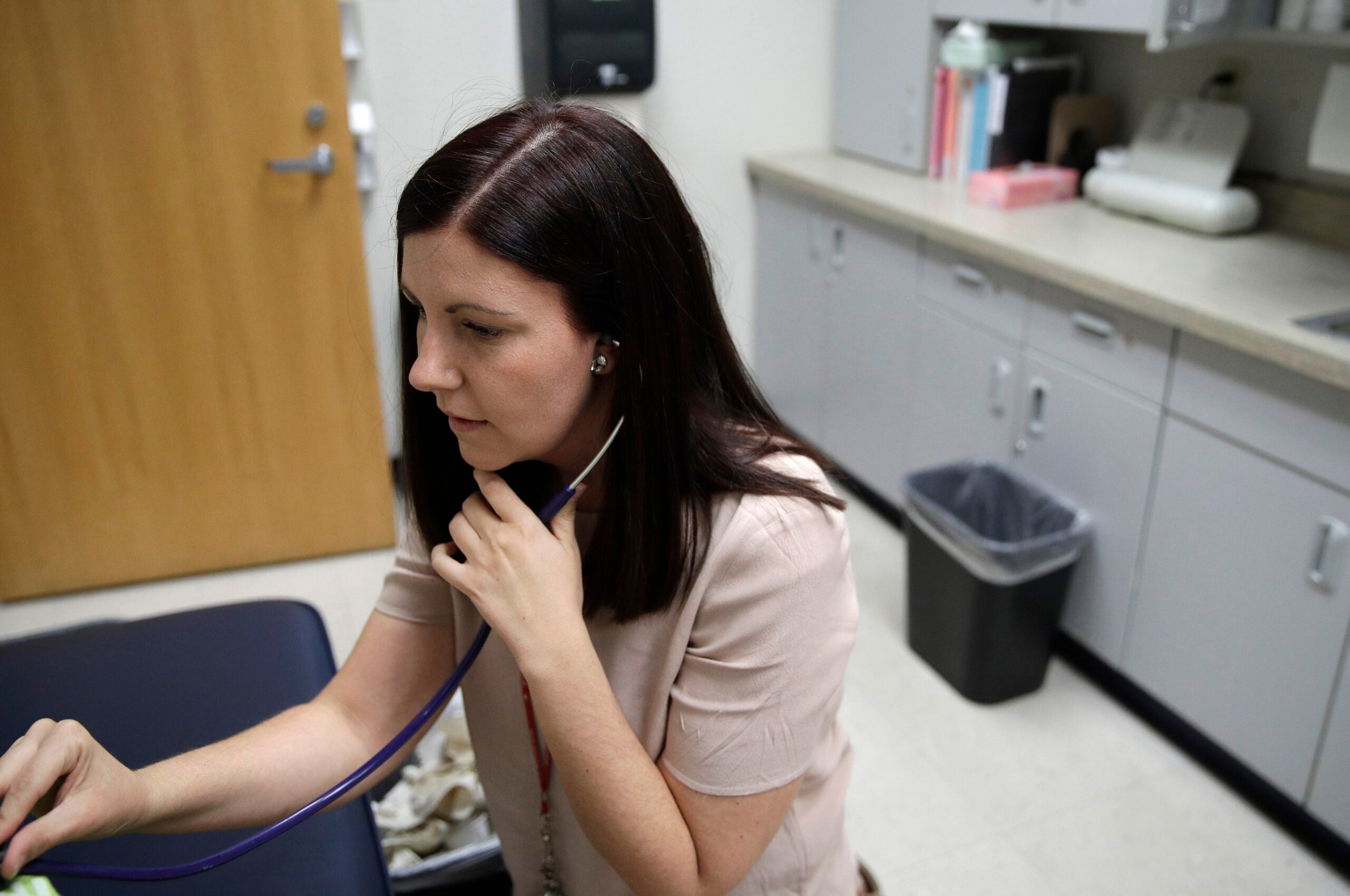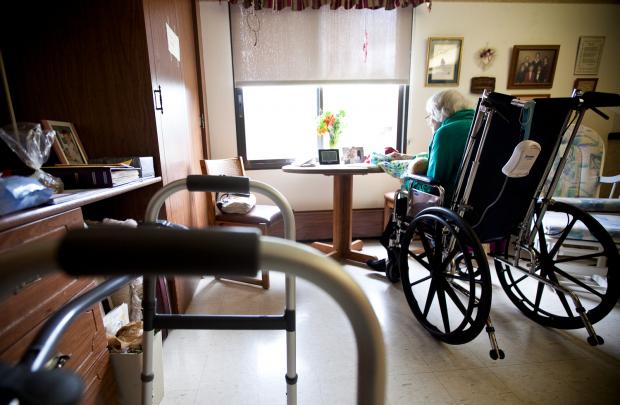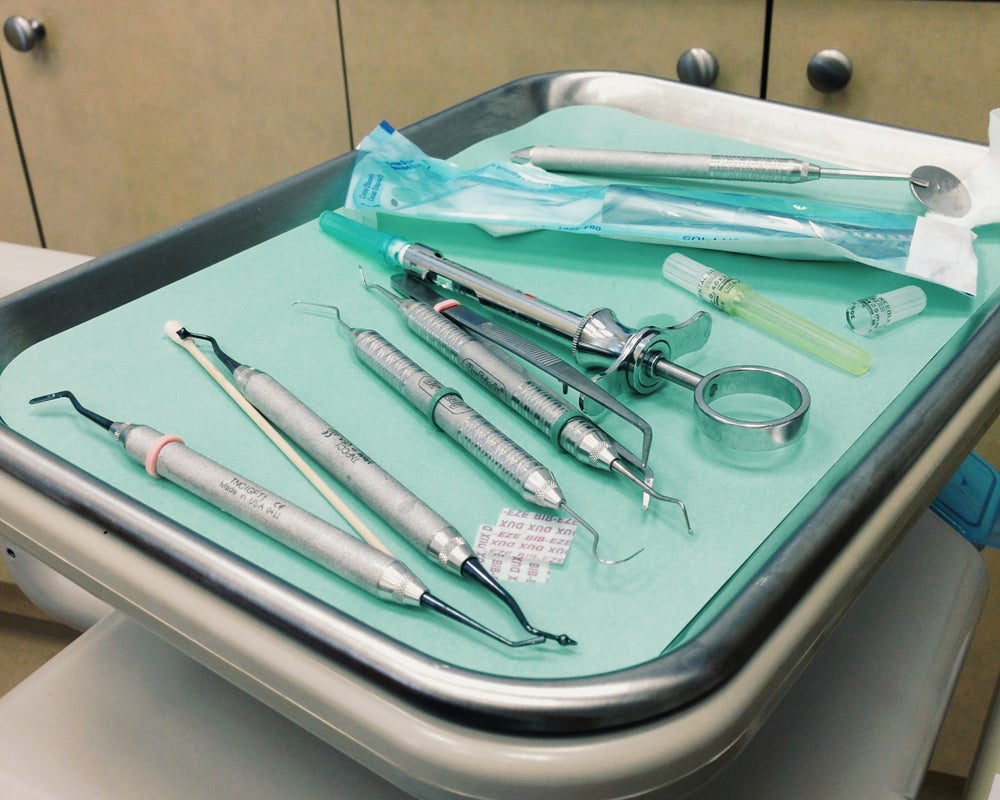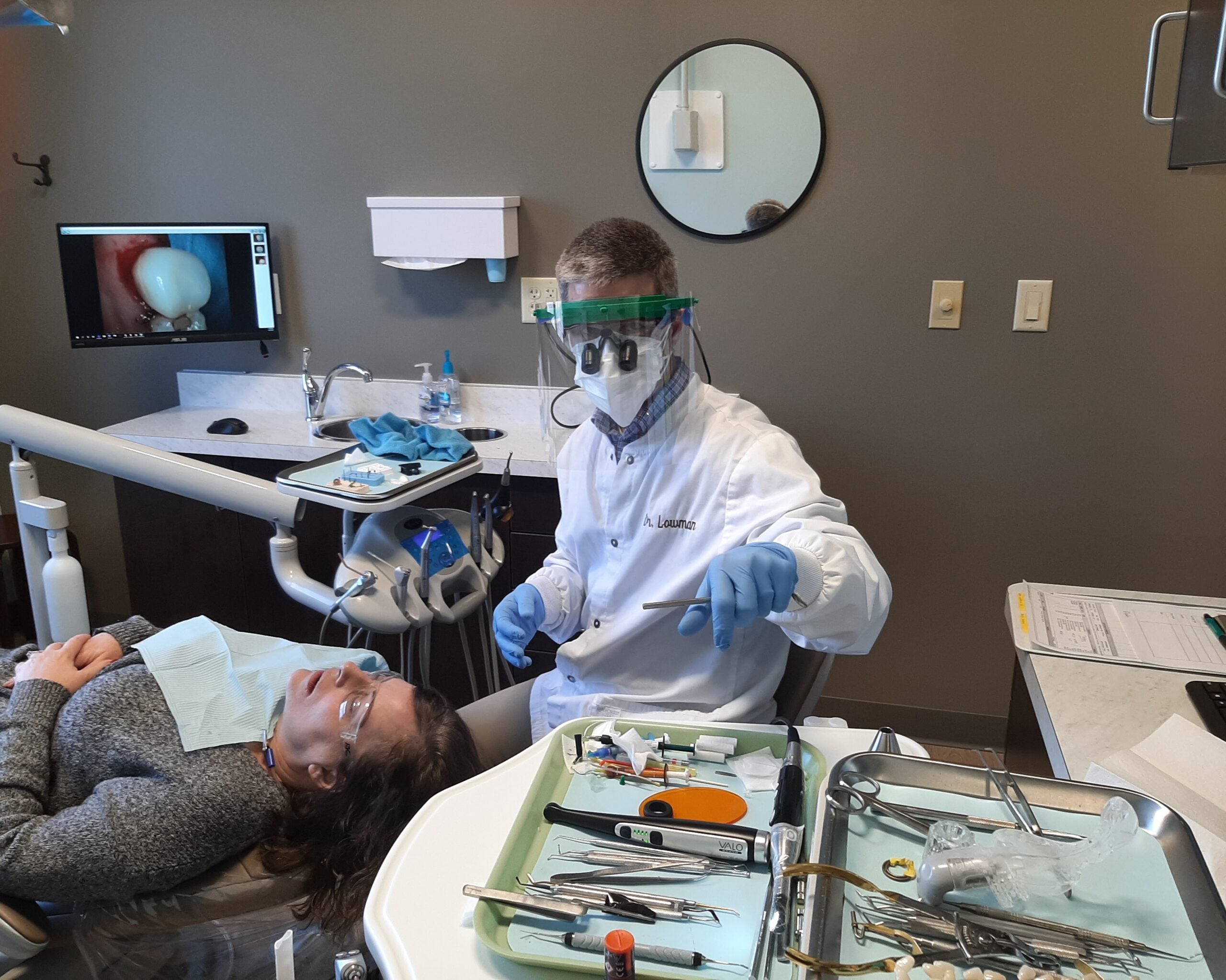As baby boomers continue to retire, Wisconsin hospitals are bracing for “rapidly increasing health care demand” that could exacerbate the industry’s labor shortage for decades to come, according to a new report.
The Wisconsin Hospital Association released its 2023 workforce report Tuesday, its findings showing the impact of retirements on the health care industry is twofold – the wave of baby boomer retirements, known as the “Silver Tsunami,” has contributed to the state’s labor shortage while also increasing demand for care.
People over 65 years old make up about 20 percent of the population, but account for over 40 percent of health care usage. That demographic is expected to continue to grow, according to the report. By 2030, one in five Americans will be at retirement age, along with roughly one in four Wisconsinites.
Stay informed on the latest news
Sign up for WPR’s email newsletter.
That means the health care workforce needs to grow at an accelerated pace to keep up with increasing demand from the state’s aging population, the report said.
Pandemic-related burnout has also contributed to a rise in people leaving the industry, said Rudy Jackson, senior vice president and chief nurse executive for UW Health.
“We’re seeing folks get tired and people who have historically been here for years and years and years opting to leave the organization or leave health care entirely,” he said. “We’re at a point where we really need as many nurses and healthcare providers as we can possibly get.”
In recent years, hospitals have increased efforts to attract and retain staff, as well as to provide better support for employees. Still, it may not be enough.
“Even with concerted effort, it is unlikely that the health care workforce can grow fast enough to meet the rising health care demand of an aging population,” said Ann Zenk, senior vice president of workforce and clinical practice for the Wisconsin Hospital Association.
While increasing retirements could worsen the effects of the labor shortage, Zenk said many hospitals are already trying to do more with less.
She said hospitals are staffing about 10 percent more beds than they did in 2019. Over the same period, they’ve seen the gap in hiring and job openings nearly quadruple around the country, from 578,000 to 1.9 million open jobs nationwide, according to the report.
“The past couple of years have really put a lot of challenges on the table all at the same time for health care,” Zenk said.
The report said the percentage of vacancies typically mirrors the percentage of the workforce a given health care profession accounts for. For example, nurses make up about 51 percent of the workforce and 52 percent of vacancies.
But certified nursing assistants, or CNAs, are the exception. CNAs account for roughly 13 percent of the workforce but make up about 24 percent of vacancies, the report said.
Zenk said CNAs typically see high turnover rates. To reduce turnover, she said the industry needs to illustrate its upward mobility, where a CNA can go on to become a nurse and advance in his or her career.
“As workforce shortages have increased, health care providers, hospitals, health systems and schools have created even more partnerships to make sure that health care career pathways are as accessible as possible (and) as supportive as possible,” she said. “I think that’s going to be one of the keys to making it through these demographic changes like the Silver Tsunami.”
At UW Health, Jackson said the current workforce shortage has caused nurses to pick up extra shifts and forced the hospital to utilize traveling nurses.
“There are a couple of specialty areas where we have looked at having some discussions around potentially shifting some patients into other areas of the organization so that we can better support our nursing staff and our workforce,” he said.
Zenk said hospitals have also seen bottlenecks in post-acute care — services patients receive after a hospital stay, like at nursing homes — that have led to people staying in the hospital longer.
“That means that bed might not be available for a patient that is waiting in the emergency department,” Zenk said. “We need to resolve staffing shortages so that that continuum of care is supportive so patients, community members, can get the health care they need at the right time in the right place.”
The report also includes recommendations for health care providers, educators and policymakers. Some of those include promoting health care as an achievable and meaningful career field, breaking down barriers preventing people from pursuing health care professions, encouraging the use of new technologies and increasing regulatory flexibility.
Allen Ericson is president of the Community Hospital Division of Froedtert & the Medical College of Wisconsin, and chairs the Wisconsin Hospital Association’s Council on Workforce Development. In the 2023 workforce report, he wrote that addressing the issue requires everyone coming to the table to build upon work done in response to the COVID-19 pandemic.
“State and federal policymakers, educators and hospital and health system leaders created urgent solutions in a time of crisis,” Ericson wrote. “We must leverage this work, and the efforts we started before the pandemic, for long-term strategies that will grow, recruit, retain and sustain the health care workforce needed to create the high-quality health care so essential to keeping Wisconsin a great place to live and work.”
Wisconsin Public Radio, © Copyright 2024, Board of Regents of the University of Wisconsin System and Wisconsin Educational Communications Board.






